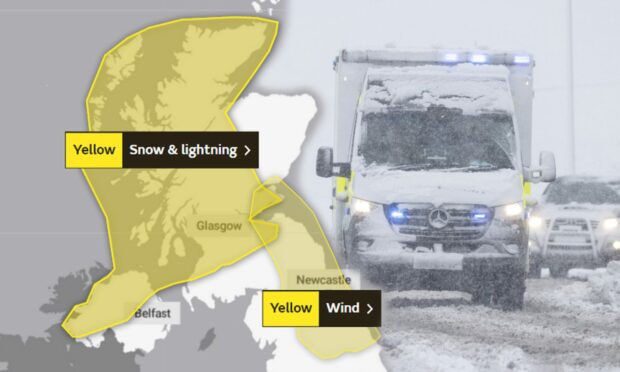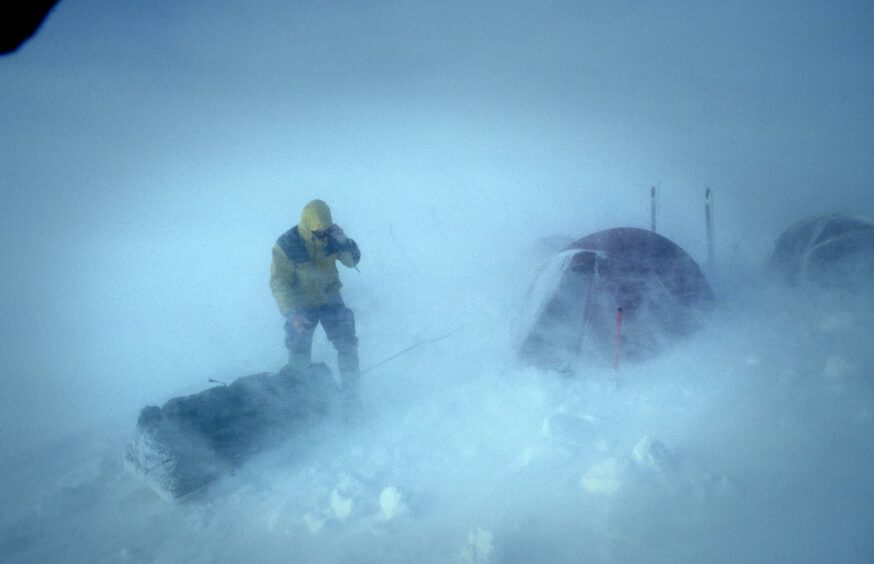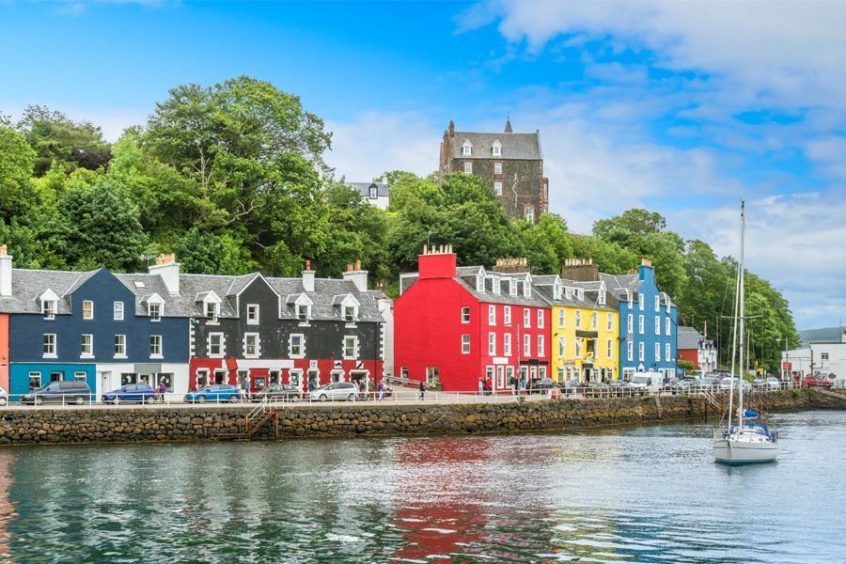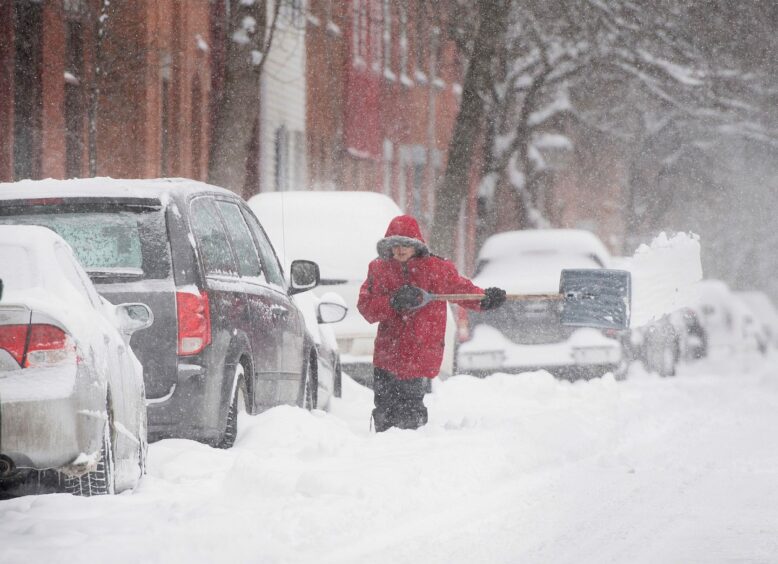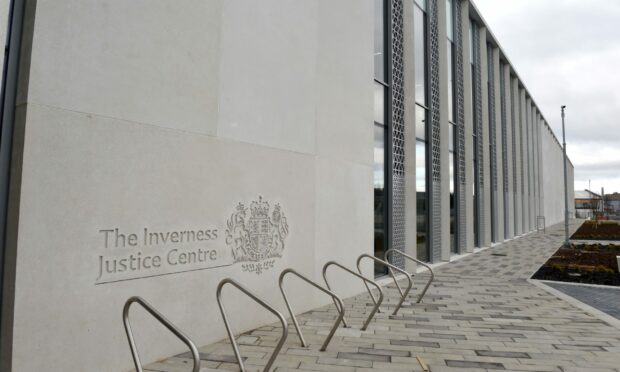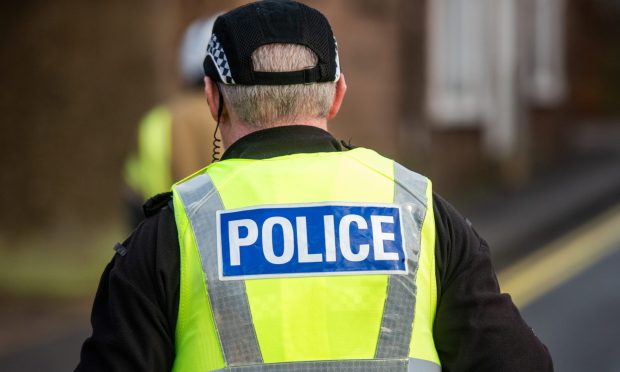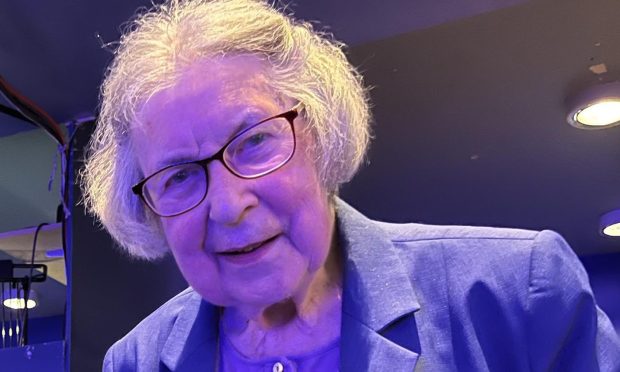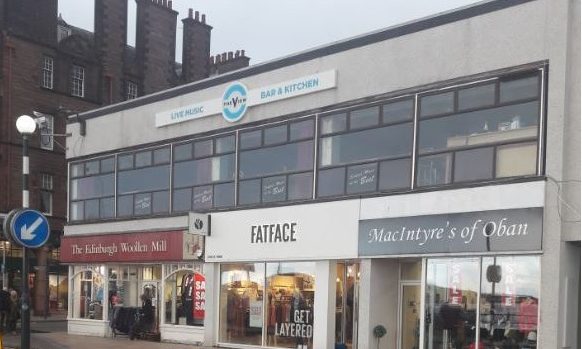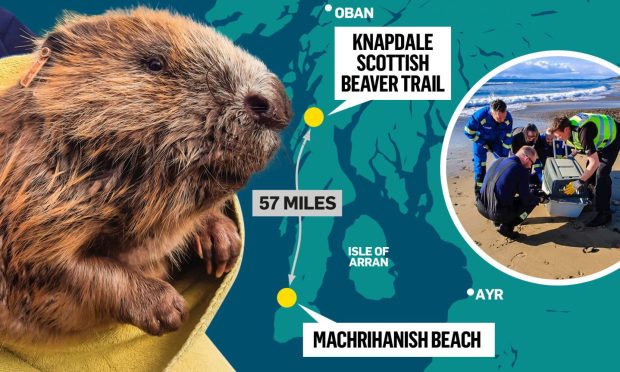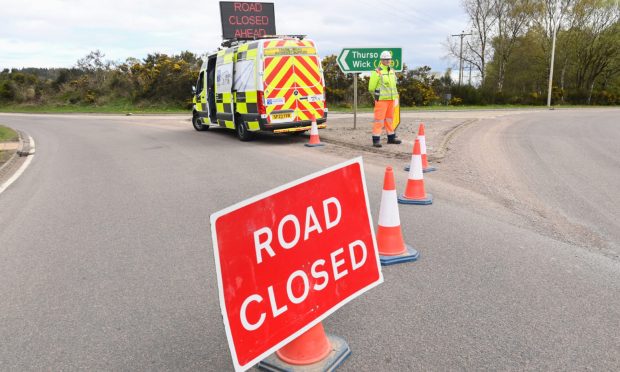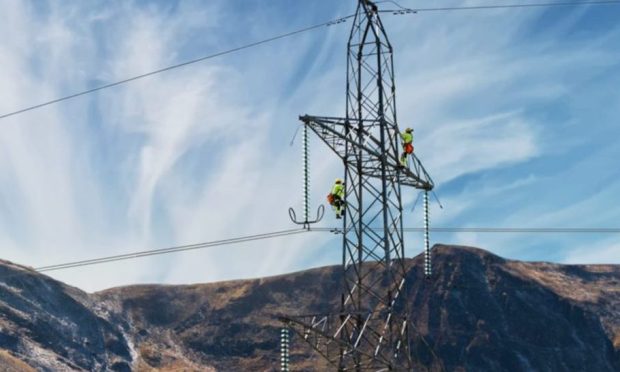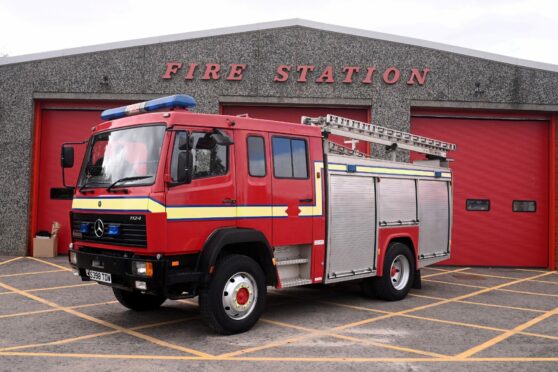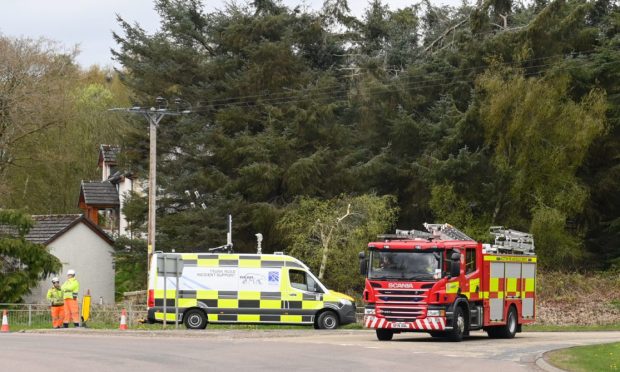Temperatures are set to plummet across the Highlands and north-east in the coming days.
With wind chill making it feel even colder, some places in the region won’t get above zero on Thursday and into Friday.
The Met Office has issued a yellow weather warning, saying lightning and heavy snow is on its way. The forecast is in place until 8pm.
How low can it go?
Forecasters have said the west coast is about to be battered by strong winds, with heavy snow.
While we enjoyed temperatures as unseasonably high as 12C in January, this week will really see low temperatures hit.
At 6am on Thursday morning:
Aberdeen: 0C, but will feel like -5C.
Applecross: 4C, but it will feel like -3C.
Aviemore: -2C, but it will feel like -6C.
Braemar: -2C, but will feel like -7C.
Castlebay: 4C, but it will feel like -3C.
Dingwall: 0C, but it will feel like -5C.
Fort William: 1C, but it will feel like -4C
Helmsdale: 2C, but it will feel like -5C.
Inverness: 0C, but it will feel like -6C.
Kirkwall: 2C, but it will feel like -5C.
Lerwick: 3C, but it will feel like -4C.
Oban: 2C, but it will feel like -4C.
Portree: 3C, but it will feel like -4C.
Stornoway: 3C, but it will feel like -3C.
Tobermory: 2C, but will feel like -4C.
Tomintoul: -2C, but will feel like -9C.
Wick: 0C, but will feel like -6C.
What is the ‘feels like’ temperature?
The “feels like” temperature is different to the actual air temperature shown on a weather forecast.
It instead measures the expected air temperature, relative humidity and the strength of the wind at 5 feet (human height) as well as an understanding of how heat is lost from the human body during cold and windy days.
How do the Met Office measure wind chill?
There is no official definition of wind chill and definitions vary globally, dependent on how it is measured.
In the UK, a system called the Joint Action Group for Temp Indices is used to realistically measure wind chill.
This calculates wind chill by measuring how much heat is lost from a person’s bare face at a walking speed of 3mph.
A formula is used to measure “feels like” temperature using the actual air temperature.
This is adjusting this is measured understanding of wind chill when the temperature is low and the heat index when temperatures are higher.
When temperatures are average, a combination of both is used.
Impacts of wind chill
The ‘feels like’ temperature is especially important on windy days.
This is due to the effect of wind on the evaporation speed of moisture from skin: the stronger the wind, the faster the cooling of the skin.
This has the effect of moving heat away from the body and making the surrounding air feel colder than it actually is.
It is time to wrap up. Click here for some tips to keep your home warm.
